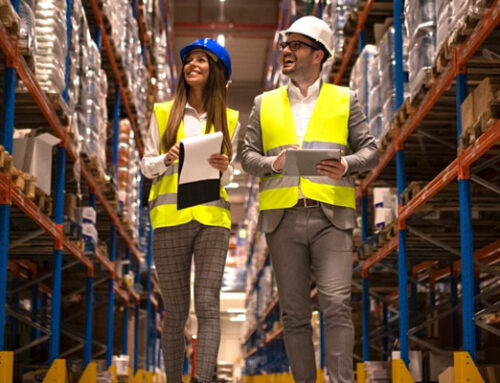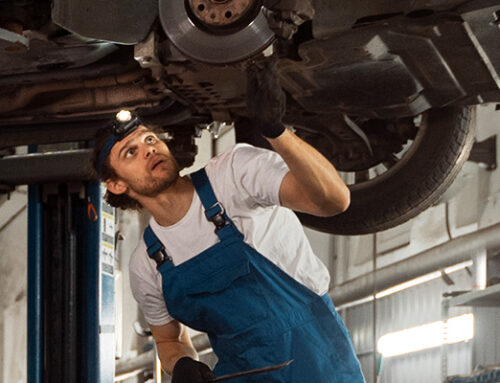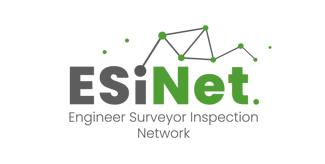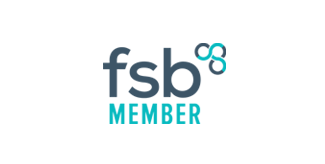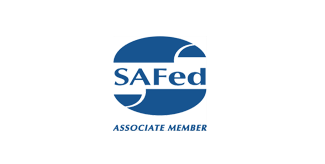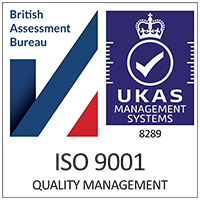When it comes to workplace safety in the UK, two key sets of regulations often come up: PUWER (Provision and Use of Work Equipment Regulations) and LOLER (Lifting Operations and Lifting Equipment Regulations). Both play a critical role in ensuring the safe use of machinery and equipment, but they have different scopes and requirements. If you’re responsible for workplace health and safety, it’s essential to understand the key differences between these regulations to ensure compliance.
What Is PUWER?
PUWER applies to all work equipment, which includes any machinery, appliances, apparatus, or tools used by employees during their work. This means everything from hand tools to large industrial machines falls under PUWER’s scope.
The main goal of PUWER is to ensure that all work equipment is:
- Suitable for its intended purpose
- Maintained in a safe condition
- Used only by people who have been adequately trained
- Accompanied by appropriate safety measures such as guards and emergency stops
What Is LOLER?
LOLER specifically targets lifting equipment, which refers to any equipment used for lifting or lowering loads. This includes cranes, forklifts, lifts, hoists, and lifting accessories like chains and slings. The key objective of LOLER is to ensure that lifting operations are carried out safely, with minimal risk to workers.
Under LOLER, businesses must:
- Ensure all lifting equipment is strong and stable enough for its intended use
- Conduct regular, thorough examinations of lifting equipment by a competent person
- Ensure lifting operations are properly planned and supervised by qualified personnel
- Maintain records of all lifting equipment inspections and maintenance
The Key Differences Between PUWER and LOLER
While both regulations aim to promote safety in the workplace, they have distinct areas of focus. Here are the main differences:
- Scope of Equipment Covered
- PUWER: Applies to all work equipment, including everything from office tools to complex industrial machinery. Whether it’s a hand drill, a conveyor belt, or a factory robot, if it’s used by an employee, it’s covered by PUWER.
- LOLER: Applies exclusively to lifting equipment and its accessories. This includes equipment that raises or lowers loads, such as cranes, lifts, and hoists. It also covers accessories like chains, slings, and shackles used in the lifting process.
- Focus of Regulation
- PUWER: Focuses on the safe use and condition of all work equipment. It ensures equipment is suitable, maintained, and used by trained personnel. PUWER is concerned with the general safety and functionality of any equipment in the workplace, covering a broad range of hazards.
- LOLER: Specifically addresses lifting operations. It aims to ensure that any lifting operation, whether involving people or materials, is carried out safely. The key areas of focus include the strength, stability, and maintenance of lifting equipment, as well as the supervision and planning of lifting tasks.
- Inspection Requirements
- PUWER: Requires that all work equipment is suitable and safe for use, but there is no fixed schedule for mandatory inspections. However, equipment should be maintained in good condition, and regular risk assessments should be conducted to ensure ongoing safety.
- LOLER: Requires regular, thorough examinations by a competent person for all lifting equipment. For lifting equipment used to lift people, these inspections must take place every 6 months. For other types of lifting equipment, the minimum inspection frequency is every 12 months. Inspections must be documented, and equipment should not be used if it fails to meet LOLER safety standards.
- Specificity
- PUWER: Applies broadly to any equipment that might present a risk to employees. Its guidelines are general and apply to any equipment used in the workplace, with the aim of ensuring the safety and competency of workers using the equipment.
- LOLER: Is more specific in its application. It focuses exclusively on lifting equipment and operations, providing detailed requirements for the safe handling of loads and ensuring that lifting machinery is fit for purpose.
- Planning and Supervision
- PUWER: Does not have specific rules around the planning and supervision of equipment use, but it requires that equipment be used by employees who are competent and have received adequate training.
- LOLER: Demands that lifting operations be properly planned, appropriately supervised, and carried out in a safe manner by trained personnel. Lifting operations involving heavy machinery or complex manoeuvres often pose significant risks, so LOLER regulations place a strong emphasis on planning and supervision to mitigate these hazards.
When Do PUWER and LOLER Overlap?
Although PUWER and LOLER have distinct focuses, there are situations where the two regulations overlap. For example, lifting equipment, like a forklift, must comply with both PUWER and LOLER. Under PUWER, the forklift must be suitable for use, maintained properly, and used by trained individuals. Under LOLER, that same forklift must undergo regular, thorough inspections to ensure it’s safe for lifting operations.
In general, any lifting equipment must meet both PUWER’s requirements for general work equipment and LOLER’s specific requirements for lifting operations. This dual compliance ensures that lifting equipment is safe both in terms of functionality and load handling.
Consequences of Non-Compliance
Failure to comply with either PUWER or LOLER can result in serious consequences. Businesses may face legal penalties, including fines and prosecutions, and the potential for equipment-related accidents increases significantly. In cases of non-compliance, businesses may also face invalidated insurance claims if an incident occurs, leading to financial and reputational damage.
Conclusion
Understanding the key differences between PUWER and LOLER is essential for any business that uses machinery, especially lifting equipment. While PUWER ensures the safety and proper use of all workplace equipment, LOLER focuses on the specific risks associated with lifting operations. By complying with both sets of regulations, businesses can not only meet their legal obligations but also ensure a safer working environment for their employees.
If you need assistance navigating the complexities of PUWER or LOLER, or if you’re unsure whether your lifting equipment meets these safety standards, SIS Ltd is here to help. Our team of experts can conduct thorough inspections, offer guidance, and provide the necessary certifications to ensure your business remains compliant.




